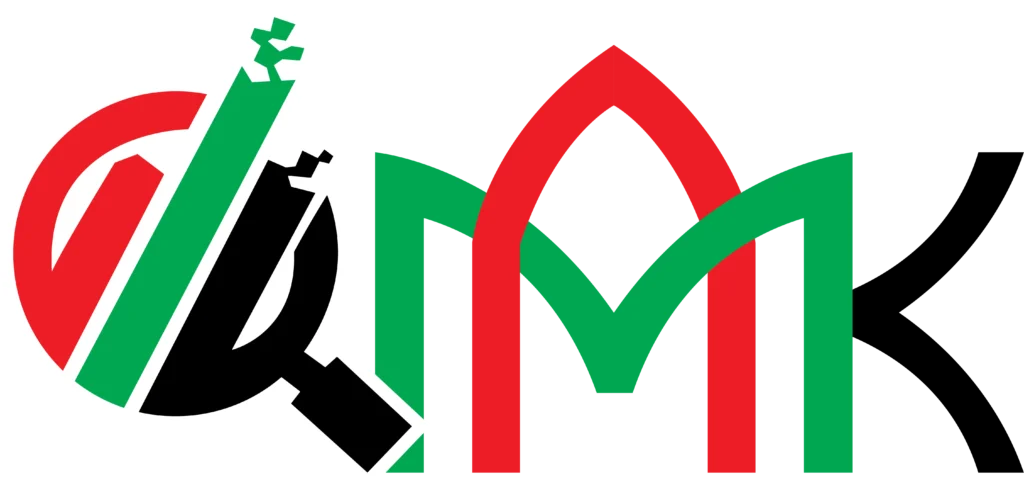UAE Transfer Pricing Advisors: Compliance, Risk & Growth
The UAE sits at the center of modern trade. The market welcomes global groups, family enterprises, and fast-growing local firms. The tax system now uses corporate tax rules that align with OECD guidance. The Federal Tax Authority (FTA) asks businesses to keep fair prices in related-party dealings and to keep solid records. Transfer pricing sits inside this change. Your team shows its value when it sets and defends arm’s-length prices, files correct disclosures, and links policy with daily work. This guide explains the landscape, the rules, the method, and the support that helps your team act with control and speed.
Why Transfer Pricing Matters in the UAE Today
Your company sets prices for goods, services, finance, and intangibles between related entities. The law expects those prices to match what independent parties would use. If your prices drift, tax risk grows. If your records lag, audit risk grows. If your policy fails to match business reality, disputes grow.
Core reasons it matters now:
- The corporate tax regime started; related-party pricing now affects taxable profit.
- Disclosure forms and documentation thresholds apply based on revenue and size.
- The FTA can ask for files and evidence; the team must respond on time.
- OECD BEPS ideas guide local practice; the arm’s-length principle controls outcomes.
A clear framework gives you more than compliance. It supports better margins, cleaner decisions, and stronger investor trust.
Scope: Who Should Act and When
You should act if your group:
- Buys or sells goods or services with affiliates inside or outside the UAE.
- Pays or charges royalties, franchise fees, or IT platform charges.
- Lends, borrows, or guarantees funding within the group.
- Shares people, space, or management functions that create cross-charges.
You must be ready before year-end. You must link policy to actual flows. You must keep support in a form the FTA can review.
Foundations: Arm’s-Length Logic in Simple Steps
Arm’s-length logic works like this:
- Define the transaction. You state what you sell or buy, how much, and on what terms.
- Map functions, assets, and risks (FAR). You show who does what, who uses what, and who bears what risk.
- Pick the best method. You apply TNMM, CUP, RPM, CPM, or profit split based on facts and data.
- Find comparables. You build a set with screening rules and fresh financials.
- Test results. You check your margins or prices against the arm’s-length range.
- Document. You prepare Master File, Local File, and intercompany contracts that match reality.
When each step fits the next, the file becomes defendable.
Documentation: What Files You Keep and Why
The FTA expects robust documentation where thresholds apply. Your set should be complete, timely, and consistent.
Master File (group level):
- Legal and ownership map.
- Business model and value chain.
- Main intangibles and funding approach.
- Global transfer pricing policy summary.
Local File (UAE entity level):
- Detailed related-party transactions.
- FAR analysis for the UAE entity.
- Method selection with reasons.
- Benchmark results and tested party logic.
- Copies of intercompany agreements.
Supporting items:
- Management accounts and audited financials.
- Invoices, service logs, and SLAs.
- Calculations that tie to returns.
- Board approvals where needed.
Good files reduce audit time, lower adjustments, and show control to management and investors.
Methods: How You Test Your Prices
You pick a method that fits the fact pattern:
- CUP (Comparable Uncontrolled Price): Works well for commodities or routine services with public rates.
- TNMM (Transactional Net Margin Method): Common for distributors and service providers; uses net margins.
- RPM (Resale Price Method): Useful for buy-sell distributors.
- CPM (Cost Plus Method): Fits routine service centers and contract manufacturers.
- Profit Split: Helps where parties share unique intangibles and risks.
You explain why your chosen method is best. You explain why others are not. You keep the screens and the data so an auditor can follow your work.
Benchmarking: Data, Screens, and Judgment
A strong benchmark uses:
- Fresh multi-year data with reliable sources.
- Clear geographic and functional screens.
- Turnover filters that match scale.
- Asset and risk filters that match FAR.
- A reasoned arm’s-length range (often interquartile).
You document inclusion and exclusion decisions. You align tested party selection with who performs routine functions and bears limited risk.
Policy Design: Make Rules That Teams Can Use
A policy must be operational, not just theoretical. It should:
- Define who sets prices and when updates occur.
- Provide rate cards for services and markups.
- State margin targets for each tested profile.
- Set charge keys for shared costs (e.g., headcount or time).
- Tie to ERP fields so invoices align with policy.
- Include a year-end true-up process with deadlines.
When a policy is simple and clear, teams follow it. When teams follow it, defense gets easier.
Controls and Governance: Keep the House in Order
Build light but effective controls:
- A quarterly TP review that checks volumes, rates, and margins.
- A variance log that explains gaps versus policy.
- A sign-off from finance and tax before year-end true-up.
- An annual policy refresh tied to new data.
- A document library with version control.
Small routines prevent big problems.
Audit Readiness: What to Expect and How to Respond
If the FTA asks, your team should:
- Acknowledge the notice and confirm the scope.
- Share a list of available files and a realistic timeline.
- Provide documents in a clean format with page numbers.
- Answer each question with facts, not speculation.
- Keep one voice and one narrative across all replies.
After the review, you close gaps and lock in fixes so issues don’t return next year.
Special Topics: Financing, Intangibles, and Services
Intercompany loans and cash pools:
- Set interest using market curves and credit rating logic.
- Cap leverage where policy or regulations require.
- Document guarantees and liquidity support.
Intangibles:
- Identify who funds and who controls development.
- Track ownership and DEMPE functions.
- Set royalties or profit splits with evidence.
Intra-group services:
- Prove the benefit with worklogs and outputs.
- Use a cost base that matches the service scope.
- Apply a reasonable markup to routine shared services.
M&A, Restructures, and APAs
M&A due diligence: You review pricing policies, audit history, and intangible ownership to gauge exposure.
Restructures: You align new roles and risks with updated pricing and contracts.
Advance Pricing Agreements (subject to authority practice): You may seek certainty for complex flows; you prepare a strong case file and maintain compliance during the term.
Common Pitfalls and How to Avoid Them
- Policy on paper only: Fix by training teams and embedding rules in ERP.
- Old benchmarks: Fix by refreshing screens and sources.
- Missing contracts: Fix by drafting plain-language agreements that match reality.
- Late true-ups: Fix by setting quarter-end guardrails and year-end cutoffs.
- One-size-fits-all markups: Fix by matching markups to function and risk.
Practical Timeline for a Smooth Year
- Q1: Confirm transactions, update benchmarks, refresh policy.
- Q2: Review margins, adjust rates, test financing terms.
- Q3: Run a mock audit; close document gaps.
- Q4: Perform true-ups; finalize Local File and Master File.
- Post-year: Align returns and disclosures with the files.
Technology: Use Your ERP and Data Wisely
- Map intercompany SKUs and service codes.
- Lock standard rates into price lists.
- Use dashboards to watch margins monthly.
- Store documents in a shared library with access controls.
- Keep a change log for auditors and management.
Technology makes policy visible and repeatable.
Sector Notes: Distributors, Service Hubs, and Holding Firms
Distributors: Focus on gross-to-net logic, inventory risk, and local marketing spend. TNMM or RPM often fits.
Service hubs: Track time, cost base, and outputs. Cost-plus works for routine centers.
Holding and IP entities: Keep clear support for ownership, funding, and control over key decisions.
Economic Substance, UBO, and Transparency
You must also observe economic substance and UBO reporting. Keep local mind-and-management evidence, board minutes, and real decision trails. Keep UBO data current with filings. These items support your pricing story.
Related Posts:
Penalties and Cost of Delay
Weak files or late responses raise the chance of adjustments, interest, and penalties. Rebuilds cost more than steady maintenance. The cheapest defense is timely, accurate documentation that matches your books.
What Can Help – Mubarak Al Ketbi (MAK) Auditing
Mubarak Al Ketbi (MAK) Auditing supports your team with planning, documentation, implementation, and defense. We tailor methods and margins to your exact role in the value chain. We prepare Master and Local Files, build benchmarks, draft agreements, set markups, and guide true-ups. We help during audits and we fix gaps after reviews. We work beside finance, tax, legal, and operations so policy turns into practice. The ball is in your court—bring us in and move with confidence.
For more information (visit or contact)
- Office: Saraya Avenue Building – Office M-06, Block/A, Al Garhoud – Dubai – United Arab Emirates
- Call / WhatsApp: +971 50 276 2132













